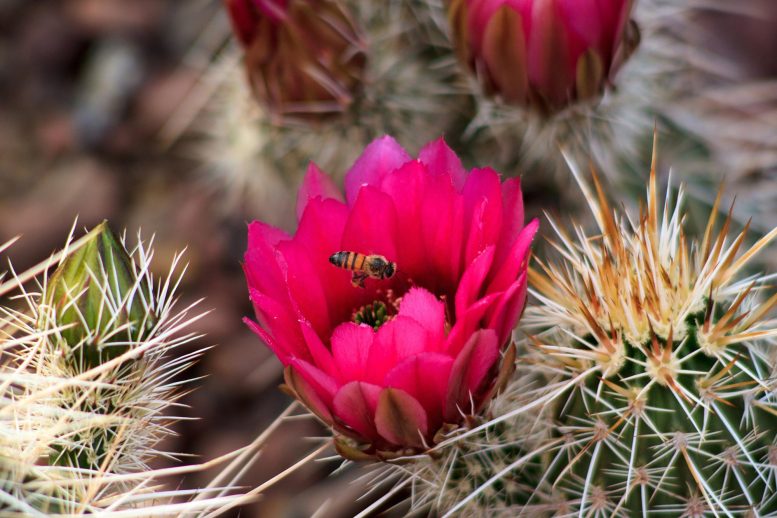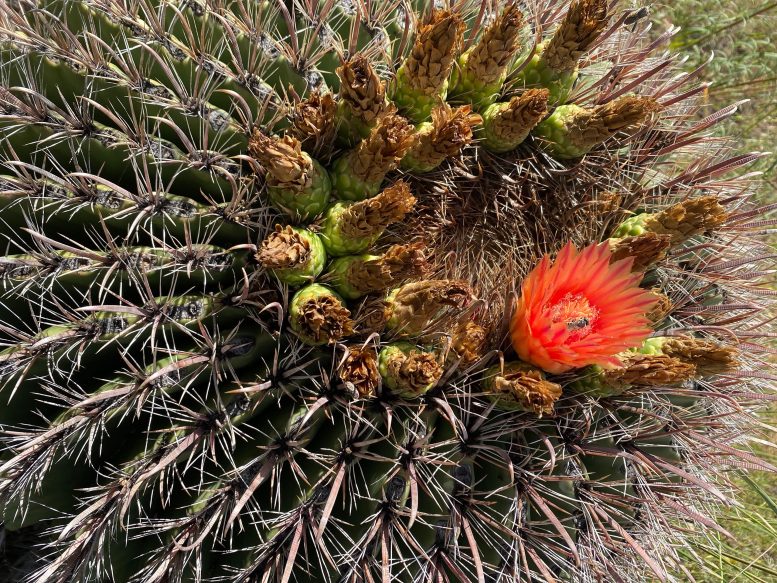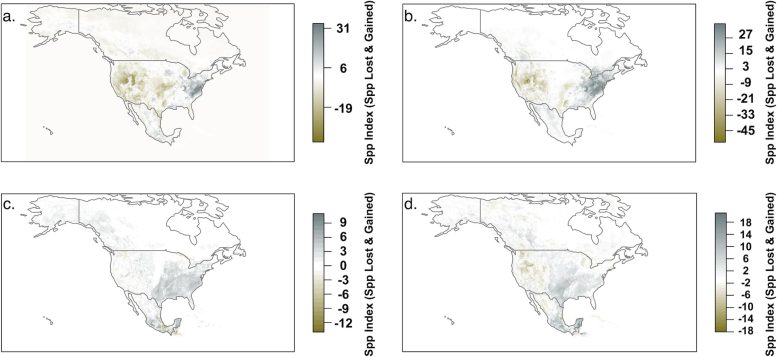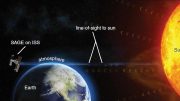
Bee and butterfly populations are declining in North America due to environmental changes, with significant research gaps hindering conservation efforts.
Bee and butterfly populations are declining in North America due to environmental changes. A study highlights regional trends and calls for improved monitoring and conservation efforts to address research gaps and protect pollinators.
In major regions of North America, bee and butterfly populations are in decline due to ongoing environmental change. Our ability to protect these species is limited by significant gaps in pollinator research. This is according to a study published today (May 15, 2024) in the open-access journal PLOS ONE by Sara Souther of Northern Arizona University, US, and colleagues.
Alarming Declines and Research Gaps
Recent research has detected declines in populations of pollinator species, sparking alarm from scientists and policymakers concerned about negative impacts on ecosystems and agriculture. These declines have been linked to various factors including climate change, habitat loss, and invasive species, but reports are often limited to well-studied species in easily accessible regions.
In this study, Souther and colleagues used data compiled on four major families of bees and butterflies to construct species distribution models, enabling them to assess changes over time and space across North America.

A flowering fishhook barrel cactus (Ferocactus wislizenii) receiving a visit from a native bee in Arizona, USA. This study found evidence of declining pollinator occurrence in the western US over the past several decades. Credit: Sara Souther, CC-BY 4.0
Regional Trends and Climate Impact
The highest species richness was found along North America’s West Coast, especially California and the Rocky Mountains. However, the models revealed declining species richness in all four families over the past century in western North America. In contrast, there were disproportionate increases in eastern North America. The authors also assessed similar data for a broader sample of potential pollinator species, including both invertebrate and vertebrate species of conservation concern, and found similar trends.
Comparisons with climate data indicate that these population changes are at least partly related to the impacts of recent climate change – such as prolonged drought and habitat degradation – and regions experiencing apparent population declines have also been heavily impacted by anthropogenic land use. The authors note too that the apparent increases in the eastern U.S. may partly reflect increased detections in these populous areas, given an increase in citizen science and similar data collection efforts.

Maps of (a) Apidae, (b) Megachilidae, (c) Papilionidae, and (d) Pieridae species gains and losses within projected species distributions between 1980–2020 and 1939–1979. Thresholded species distribution model outputs from 1939–1979 were subtracted from those from 1980–2020 for all species, resulting in a map of a species distribution with three possible values: -1 (species projected in a given area in 1939–1979 but not 1980–2020), 0 (species projected in a given area in both time periods), and 1 (species projected in a given area in 1980–2020 but not 1939–1979). Each map is the result of the summation of these difference rasters for all species within each family. Areas displayed in gold represent locations where high numbers of species were projected to be lost from the first time period to the second. Dark gray areas represent locations where high numbers of species were projected to be gained from the first time period to the second. Credit: Souther et al., 2024, PLOS ONE, CC-BY 4.0
Implications for Conservation
Overall, this study detects broad trends of population changes in bees and butterflies, as well as other potential pollinators. These results help to identify regions of declining populations where researchers and policymakers can prioritize conservation efforts. This study also identifies gaps in existing knowledge of pollinators, including regions that are more poorly sampled and species that are less well studied, limitations that might be overcome by improved monitoring methods and enhanced citizen science efforts.
The authors add: “Existing records of North American pollinators suggest that diversity has broadly declined in the western US and southern Mexico in recent decades. Losses are consistent with changes in climate and suggest a need for increased monitoring to inform conservation and mitigation actions.”
Reference: “Bee and butterfly records indicate diversity losses in western and southern North America, but extensive knowledge gaps remain” by Sara K. Souther, Manette E. Sandor, Martha Sample, Sara Gabrielson and Clare E. Aslan, 15 May 2024, PLOS ONE.
DOI: 10.1371/journal.pone.0289742









Be the first to comment on "Vanishing Pollinators: Unraveling the Decline of Bees and Butterflies"